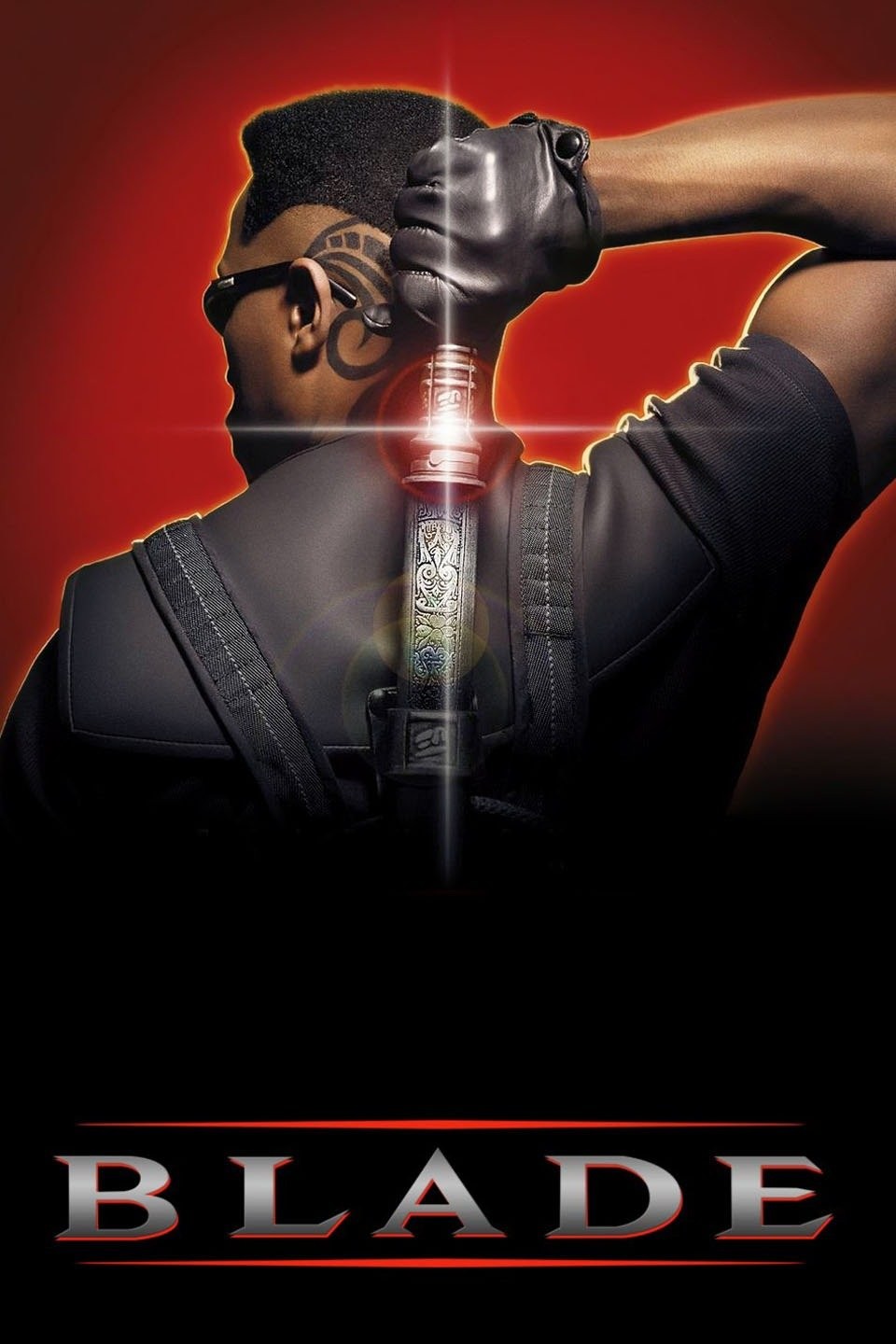In a surprising turn of events, Marvel Studios is reportedly considering a fresh approach for the long-anticipated Blade film, drawing inspiration from the dark and atmospheric ’70s horror masterpiece, Tomb of Dracula. The movie, announced at San Diego Comic-Con in 2019 with Mahershala Ali as the titular vampire hunter, has faced numerous delays and whispers of production troubles. While the studio has remained tight-lipped about the reasons behind the setbacks, speculation is rife that script-related challenges may be at the heart of the matter.
The Blade project has undergone several script revisions and changes in direction, leaving fans uncertain about the film’s tone. Will it be a family-friendly PG-13 venture or a hard-R horror/action hybrid reminiscent of the original Wesley Snipes films? The ambiguity surrounding the film’s identity has sparked debates among enthusiasts, with many calling for a return to the roots of Blade’s character—Marvel’s ’70s comic series, Tomb of Dracula.
Tomb of Dracula, spanning 70 issues from 1972 to 1979, followed a group of vampire hunters led by the enigmatic Blade. While the series featured the iconic Dracula, he played the role of the villain, devoid of the internal conflicts seen in modern vampire portrayals. The primary protagonists were Frank Drake, Rachel Van Helsing, Quincy Harker, and Blade—a Black hero in the tradition of ’70s action stars. Unlike the Wesley Snipes film, Blade’s comic counterpart is British and was born in London in 1922.
Blade’s origin story in the comics diverges significantly from the film narrative. In the comics, Blade, born Eric Brooks, grew up in a London brothel and had a chance encounter with jazz musician Jamal Afari, a vampire hunter. Afari became Blade’s mentor, teaching him the ways of vampire hunting until Dracula turned Afari into a vampire, forcing Blade to confront his only father figure. The comics provide a rich and nuanced backstory, allowing for a more complex and layered portrayal of the iconic character.
While the 1998 Blade film retained the broad strokes of the character’s origin, it sacrificed much of the classic horror elements present in the comics, catering to the cinematic landscape of the time. However, with the success of the Marvel Cinematic Universe (MCU), there is an opportunity to revisit Blade’s narrative roots and infuse the film with the gothic atmosphere and classic horror flavor of the original comics.
The proposed homage to Tomb of Dracula suggests a departure from the Wesley Snipes version and a return to the character’s darker and grittier origins. By embracing the ’70s setting of the comics, the film could capture the essence of that era, with Blade donning the iconic green or orange trenchcoat, distinctive goggles, and a bandolier with wooden stakes—a stark departure from the sleek and modern portrayal seen in the Snipes films.
Additionally, making the film a period piece would not only distinguish it from previous iterations but also allow for a unique exploration of Blade’s character within the context of the ’70s, a world filled with Asgardian gods and Moon Knights. This stylistic choice could provide the MCU Blade with a distinct identity and prevent it from being perceived as a mere imitation of the Wesley Snipes version.
As the MCU continues to evolve and experiment with diverse storytelling, a Blade film inspired by Tomb of Dracula could mark a bold and refreshing direction for the iconic vampire hunter. With Kevin Feige at the helm, fans are hopeful that Marvel Studios will embrace the weird and the dark, delivering a Blade film that pays homage to its comic origins while offering a new and compelling narrative for audiences in the post-MCU era. Only time will tell if this homage to Tomb of Dracula will be the key to unlocking the success of Marvel’s Blade in the ever-expanding cinematic universe.


